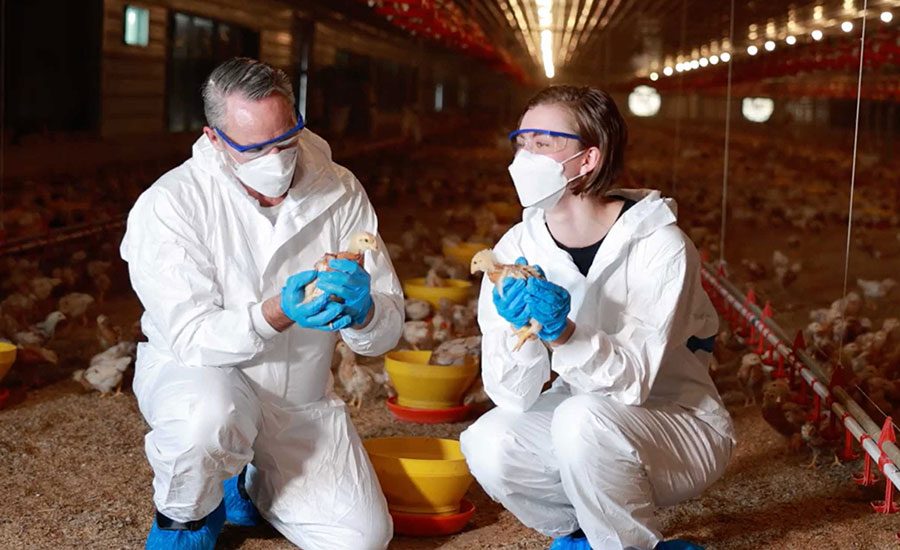Salmonella and other foodborne pathogens can thrive in low-water-activity foods and dry foods, according to “Survival of Salmonella in Cookie and Cracker Sandwiches Containing Inoculated, Low-Water Activity Fillings”, a new study conducted by the University of Georgia and published in the Journal of Food Protection.
It was discovered that pathogens can survive in foods such as cookies and crackers--specifically cracker sandwiches. Among the findings were that not only can harmful bacteria thrive in dry foods, but they can live there for long periods of time--at least 6 months.
The study--led by UGA professor, researcher and Distinguished Professor Emeritus Larry Beuchat--was prompted after researchers noticed a spike in the number of foodborne outbreaks linked to these types of foods. According to Beuchat, Salmonella is not typically found in dry foods or dry environments.
Researchers used five different serotypes of Salmonella that had been isolated from foods involved in previous outbreaks. The isolates were from foods with very low moisture content. The Salmonella was placed into four types of cookie and cracker fillings, then stored. These included cheese and peanut butter cracker sandwiches, along with chocolate and vanilla cookie sandwiches. Researchers chose these dry snacks because they are commonly found in retail stores and vending machines.
After storing, researchers were able to measure how long the bacteria survived in each filling type. Some Salmonella serotypes did last longer than others. Specifically, Salmonella lasted longer in the cookies than it did in the cracker sandwiches where some serotypes lived for at least 6 months--a completely unexpected outcome.
Now that scientists have proof that Salmonella can thrive in dry conditions, the next step is figuring out how to prevent future contamination and future outbreaks. This will involve testing all ingredients used in those dry foods, which could potentially alter recipes for popular snack foods.
Study: Salmonella Can Flourish in Cookies, Crackers

Looking for a reprint of this article?
From high-res PDFs to custom plaques, order your copy today!





